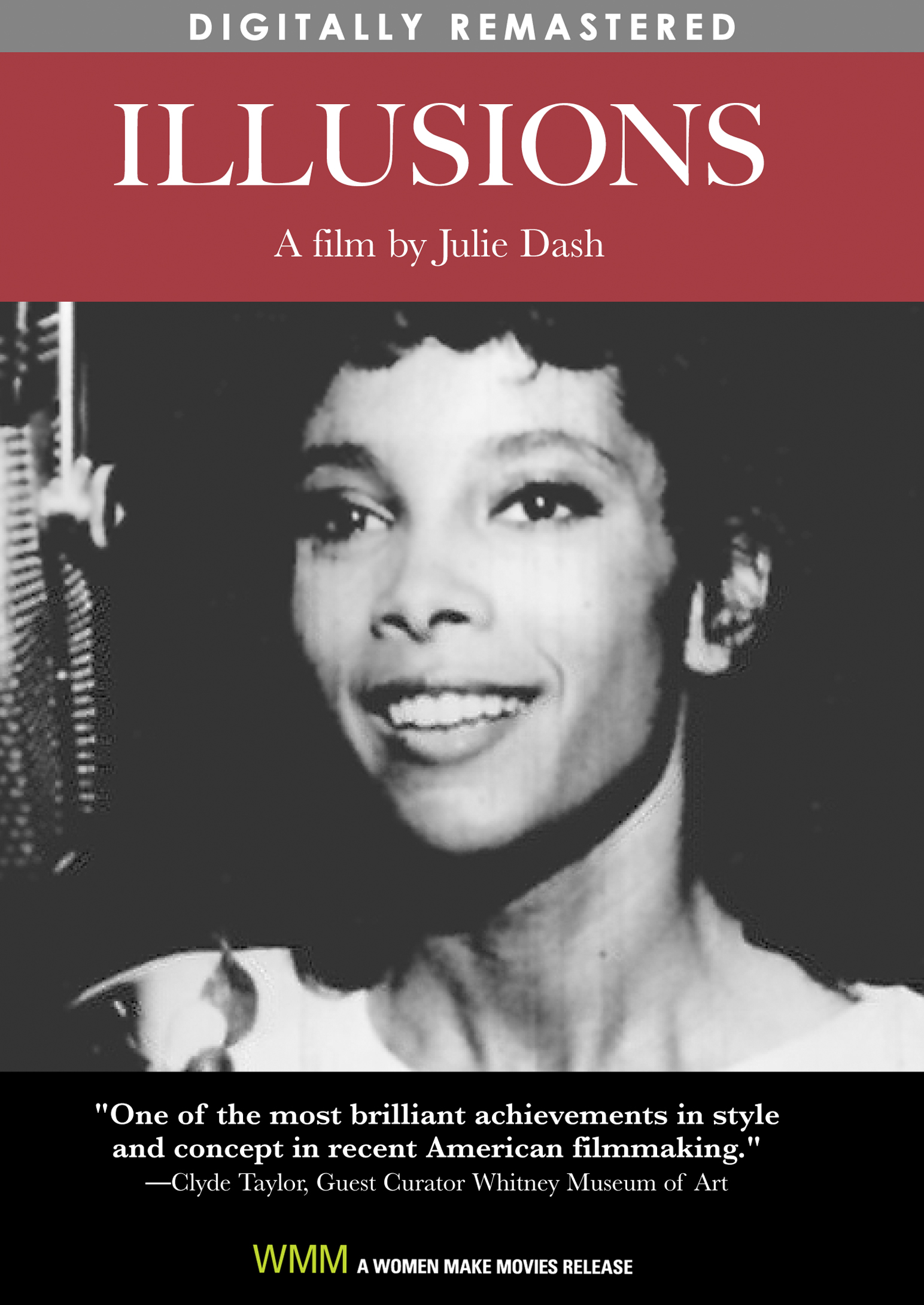Was Your Mama Mulatto? Notes toward a Theory of Racialized Sexuality in Gayl Jones’s “Corregidora” and Julie Dash’s “Daughters of the Dust”
Callaloo
Volume 27, Number 3 (Summer, 2004)
pages 768-787
E-ISSN: 1080-6512, Print ISSN: 0161-2492
DOI: 10.1353/cal.2004.0136
Caroline A. Streeter, Associate Professor of English
University of California, Los Angeles
Gayl Jones’s novel Corregidora (1975) and Julie Dash’s feature film Daughters of the Dust (1991) are singular texts that use historical frameworks to comment upon post Civil-Rights- era race and gender relations and identity formations. Daughters of the Dust, the first feature film written and directed by Dash, was also the first film by an African-American woman to receive widespread theatrical distribution. Daughters is an independent work that resists and contests many aspects of the Hollywood film. Corregidora was the first novel by Gayl Jones, a reclusive figure with a small but striking literary output. Both the novel and the film call attention to understudied aspects of the African diaspora. In Corregiilora, Jones creates an unusual migration circuit that links mid-to-late twentieth-century African Americans living in Kentucky to their slave ancestors in Brazil. In Daughters of the Dust, the plot concerns the persistence of African traditions among black people at the turn of the century living on the Sea Islands. located off the coast of Georgia and South Carolina. Both works also highlight the crucial role of women in maintaining cultural memory for black communities. This essay concerns the ways in which Corregidora and Daughters of the Dust make compelling interventions that transform mulatto characters—“racially mixed” women of African descent who bear the phenotypical (physical) markers of “race mixing”—into figures that help us to understand new things about sexual and racial normativity. Both texts effect a surprising deployment of a figure that has been symbolic of repressed histories and regressive discourses.
Mulatta characters have long been controversial figures for scholars of African-American literature. In novels such as Clotelle, or the Colored Heroine, A Tale of the Southern States (William Wells Brown, 1867), lola Leroy, or Shadows Uplifted (Frances Ellen Watkins Harper, 1892), Megda (Emma Dunham Kelley-Hawkins, 1891), and Contending Forces: A Romance lllustrative of Negro Life North and South (Pauline Hopkins, 1900), mulatta characters are symbolic of traumatic histories of enslavement. In novels of the 1920s and 1930s, especially those associated with Harlem Renaissance writers such as Nella Larsen Quicksand (1928) and Passing (1929) and Jessie Fauset There is Confusion (1924), Plum Bun (1928), The Chinaberry Tree (1931), and Comedy American Style ( 1933). mulatta characters represented access to class mobility and the possibility of escaping the stigma of blackness altogether through “racial passing.”…
Read or purchase the article here.
